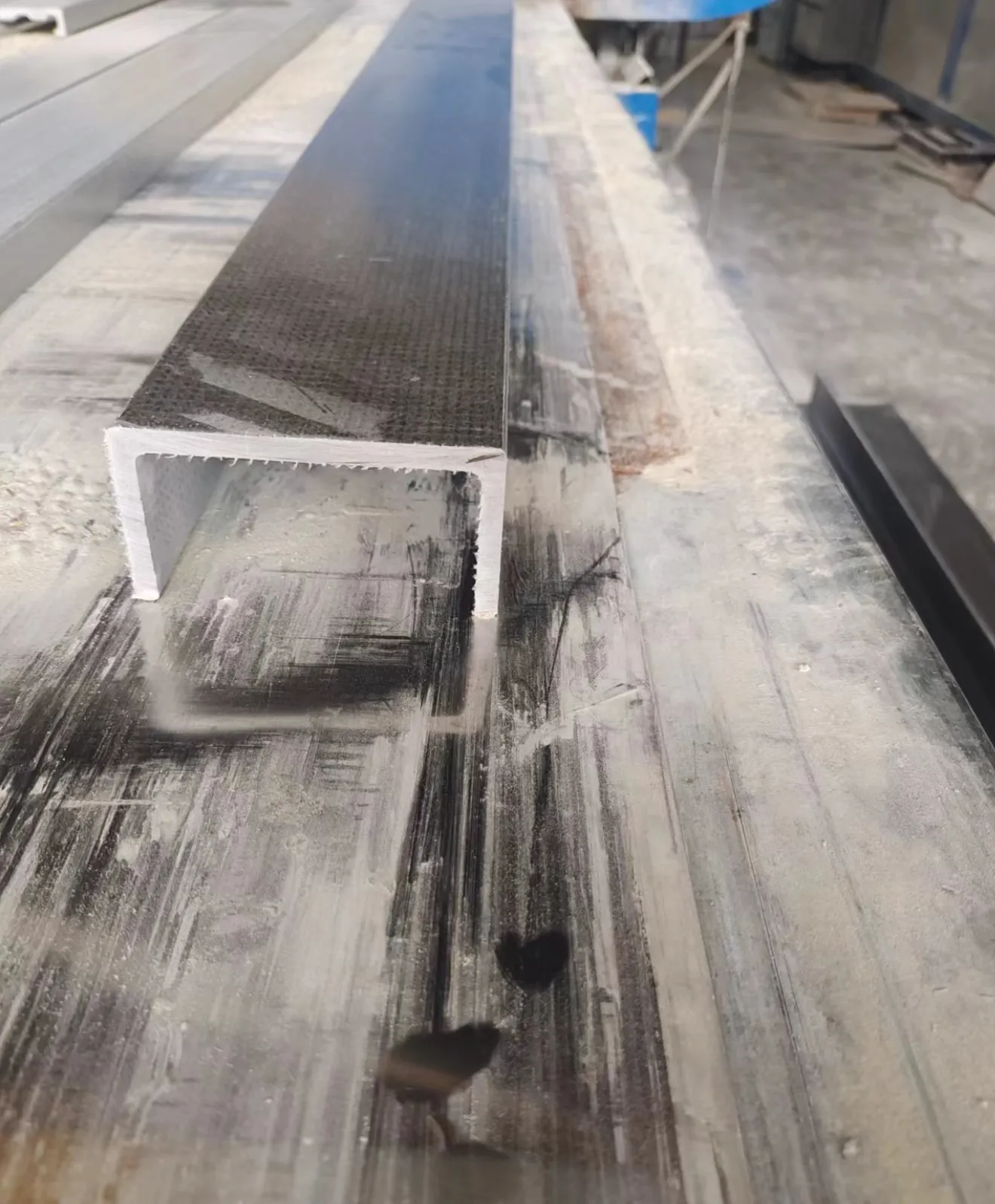loading...
- No. 9, Xingyuan South Street, Dongwaihuan Road, Zaoqiang County, Hengshui, Hebei, China
- admin@zjcomposites.com
- +86 15097380338
- Welcome to visit our website!
frp channel
Understanding FRP Channels A Comprehensive Overview
Fiber Reinforced Polymer (FRP) channels have increasingly gained attention in various engineering and construction applications owing to their excellent mechanical properties, corrosion resistance, and lightweight characteristics. This article delves into what FRP channels are, their applications, advantages, and considerations for use.
What are FRP Channels?
FRP channels are structural components made from fiber reinforced polymer composites. They are typically manufactured by combining a polymer matrix with fiber reinforcements such as glass, carbon, or aramid fibers. This combination results in materials that are significantly stronger and lighter than traditional materials like steel or concrete. The channels are formed into a “C” or “U” shape, making them ideal for use in structural and load-bearing applications.
Applications of FRP Channels
FRP channels are versatile and can be found in numerous industries
1. Construction In building infrastructure, FRP channels are often utilized for framing, support structures, and reinforcements. Their lightweight nature reduces transportation costs and simplifies installation.
2. Marine The maritime industry benefits from FRP channels due to their resistance to seawater and harsh environmental conditions. They are used in docks, piers, and boat construction.
3. Chemical Plants Given their superior corrosion resistance, FRP channels are ideal for environments where exposure to aggressive chemicals is common. They help prevent degradation and prolong the lifespan of structures.
4. Transportation FRP channels find applications in bridge construction and railways, providing strength without adding significant weight.
5. Renewable Energy In the wind and solar energy sectors, FRP channels are used for mounting structures and frameworks, helping to support various components efficiently.
Advantages of FRP Channels
FRP channels offer a variety of benefits that make them an attractive choice for engineers and architects
frp channel

- Lightweight The reduced weight of FRP channels simplifies handling, transportation, and installation processes, resulting in lower labor costs.
- Corrosion Resistance Unlike metal components, FRP channels do not rust or corrode, which enhances their durability and decreases maintenance needs.
- High Strength-to-Weight Ratio FRP channels provide high strength while maintaining a lightweight profile, allowing for greater design flexibility.
- Thermal Insulation These materials have low thermal conductivity, making them effective in applications where temperature control is essential.
- Design Versatility FRP channels can be fabricated in various sizes and shapes to meet specific project requirements.
Considerations When Using FRP Channels
Despite their numerous advantages, there are several factors to consider before selecting FRP channels for a project
- Cost The initial cost of FRP components can be higher than traditional materials. However, the long-term savings from reduced maintenance and replacement should be taken into account.
- Load-Bearing Limitations While FRP channels are strong, they may not always match the load-bearing capabilities of heavier materials like steel. A thorough analysis is required to ensure they meet the specific demands of the application.
- Manufacturing Process The production of FRP components can be complex, and item availability might be limited in some regions.
- Environmental Impact Although FRP can reduce the carbon footprint of construction projects due to its lightweight nature, the recycling of polyester and vinyl ester materials remains a challenge.
In conclusion, FRP channels present a promising alternative to traditional materials in various applications, thanks to their strength, lightweight characteristics, and resilience against corrosion. When considering their use, weighing the advantages against potential limitations will help determine their suitability for your project. As technology advances, the field of FRP continues to evolve, paving the way for innovative solutions in engineering and construction.
-
The Rise of FRP Profiles: Strong, Lightweight, and Built to LastNewsJul.14,2025
-
SMC Panel Tanks: A Modern Water Storage Solution for All EnvironmentsNewsJul.14,2025
-
GRP Grating: A Modern Solution for Safe and Durable Access SystemsNewsJul.14,2025
-
Galvanized Steel Water Tanks: Durable, Reliable, and Ready for UseNewsJul.14,2025
-
FRP Mini Mesh Grating: The Safer, Smarter Flooring SolutionNewsJul.14,2025
-
Exploring FRP Vessels: Durable Solutions for Modern Fluid HandlingNewsJul.14,2025
-
GRP Structures: The Future of Lightweight, High-Performance EngineeringNewsJun.20,2025
